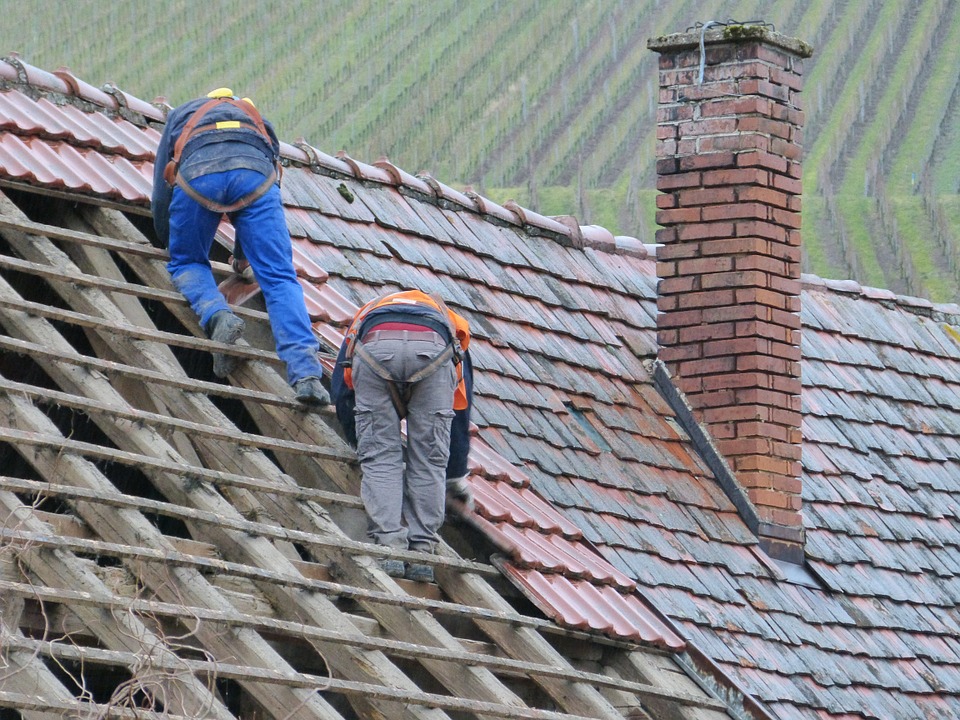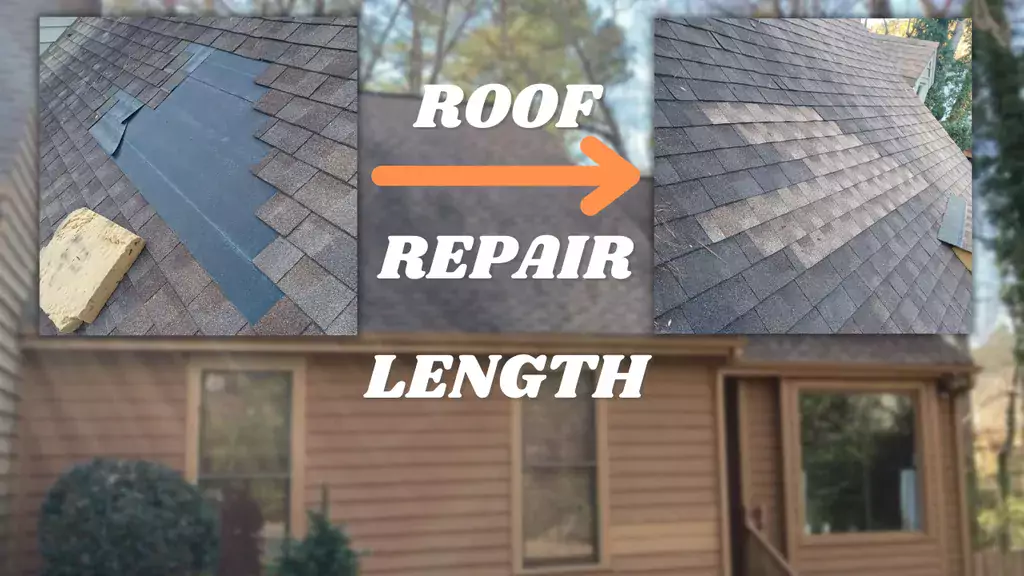Comprehending the Different Sorts Of Roofing Systems: A Comprehensive Overview for Homeowners
In the world of homeownership, selecting the appropriate roof covering style is a choice that lugs significant implications for both functionality and aesthetic charm. With a selection of alternatives-- varying from the standard gable to the contemporary flat-- each type offers unique advantages and difficulties that ought to align with the homeowner's certain needs and environmental considerations. Comprehending these differences not only help in making an educated choice but additionally affects lasting upkeep and energy performance. As we discover the complexities of different roof kinds, it ends up being evident that one size does not fit all; the ideal selection might stun you.
Gable Roofs
Gable roofings, identified by their triangular shape, are amongst one of the most prominent roof styles due to their simpleness and effectiveness in dropping water and snow. This style features 2 sloping sides that satisfy at a ridge, permitting reliable drainage and decreasing the threat of water buildup. The high pitch typically associated with saddleback roofs enhances their capability to deal with heavy precipitation, making them ideal for different environments.
Along with their useful benefits, saddleback roofs provide visual versatility. They can be adjusted to various building styles, from traditional to modern-day homes. The layout can also accommodate added features such as dormer windows, which boost natural light and ventilation in the attic area.
Furthermore, gable roof coverings supply sufficient space for insulation, contributing to energy effectiveness. Home owners can select from a selection of roof covering materials, including asphalt roof shingles, metal, and floor tiles, additionally enhancing customization alternatives.
Despite their benefits, gable roofings may call for added support in areas prone to high winds or hefty snowfall. On the whole, the gable roofing remains a preferred option as a result of its mix of functionality, sturdiness, and visual appeal.
Apartment Roofs
Level roofings are usually recognized for their minimal design and practical applications, especially in industrial and business setups (oahu roofing). These roof coverings include a horizontal or almost horizontal surface, which permits simple construction and functional area application. While they might lack the aesthetic appeal of angled roofs, flat roofing systems use numerous advantages, specifically in city environments where making best use of space is critical
Among the primary advantages of level roofs is their availability. House owners can use the roof space for numerous objectives, such as roof gardens, terraces, or solar panel setups. In addition, flat roof coverings are commonly much more affordable to keep and set up compared to their sloped equivalents, as they need fewer products and labor.
Usual materials utilized for flat roofings include built-up roofing (BUR), changed asphalt, and single-ply membranes, each offering unique advantages. In general, flat roofing systems offer as a practical and adaptable selection for many house owners and businesses alike.
Hip Roofings
Hip roofings are defined by their sloped sides that merge on top, forming a ridge. This design stands out from gable roof coverings, as all four sides of a hip roof incline downwards toward the walls, offering an extra secure framework. The angle of the slopes can differ, permitting flexibility in building aesthetics and performance.
One of the primary benefits of hip roofs is their capability to endure hefty winds and negative weather problems. The sloped surfaces allow better water drainage, minimizing the danger of leaks and water damage. Furthermore, hip roofings offer boosted attic space, which can be utilized for storage space or perhaps exchanged habitable locations.
However, creating a hip roof can be extra expensive and intricate than less complex roofing system types, such as saddleback roofs. The added product and labor associated with developing the inclines and guaranteeing correct structural integrity can bring about greater expenses. Despite these disadvantages, numerous home owners favor hip roofs for their durability, aesthetic allure, and recommended you read capacity for energy effectiveness.
Mansard Roofs
Mansard roof coverings, commonly acknowledged by their one-of-a-kind four-sided design, function two inclines on each side, with the lower slope being steeper than the top. This architectural design, stemming from France in the 17th century, is not only aesthetically enticing but useful, as it takes full advantage of the useful space in the upper floorings of a structure. The high lower slope allows for even more clearance, making it an ideal choice for lofts or attics, which can be exchanged living areas.
Mansard roofs are characterized by their flexibility, accommodating various architectural styles, from traditional to contemporary. They can be built with different materials, including asphalt shingles, slate, or metal, supplying homeowners with an array of options to match their budget plans and choices. Additionally, the layout permits the assimilation of dormer home windows, boosting natural light and air flow in the top levels.
Nonetheless, it is necessary to consider the prospective downsides. Mansard roof coverings might need more maintenance as a result of the complexity of their design, and their high slopes can be testing for snow and rainfall overflow. Generally, mansard roof coverings incorporate style with practicality, making them a preferred option amongst property owners seeking distinct building attributes.
Dropped Roofs
As home owners progressively look for simplicity and performance in their building styles, dropped roofing systems have actually arised as a preferred option. Defined by a single sloping plane, a shed roof covering presents a minimal visual that enhances numerous home designs, from contemporary to rustic.
Among the main advantages of a shed roofing system is its uncomplicated building and construction, which often equates to reduce labor and material expenses. This style enables effective water drain, minimizing the risk of leaks and water damages. Furthermore, the vertical slope supplies ample room for skylights, boosting all-natural light within the interior.
Shed roofs also offer flexibility in regards to usage. They can be properly incorporated right into enhancements, garages, or outdoor frameworks like pavilions and sheds. In addition, this roofing design can fit different roof covering products, including metal, asphalt roof shingles, or perhaps green roofings, aligning with environmentally friendly initiatives.
However, it is vital to take into consideration regional environment conditions, as heavy snow lots may demand adjustments to the roofing's angle or structure. In general, shed roofing systems present a practical and cosmetically pleasing choice for homeowners aiming to make best use of functionality without compromising style.
Verdict


Gable roofing systems, identified by their triangular shape, are among the most preferred roof styles due to their simpleness and performance in losing water and snow. oahu roofing. The steep pitch typically linked with gable roofing systems improves their ability to handle heavy rainfall, making them appropriate for numerous environments
While they may lack the visual charm of pitched roofing systems, level roof coverings provide various advantages, specifically in urban environments where optimizing room is crucial.
